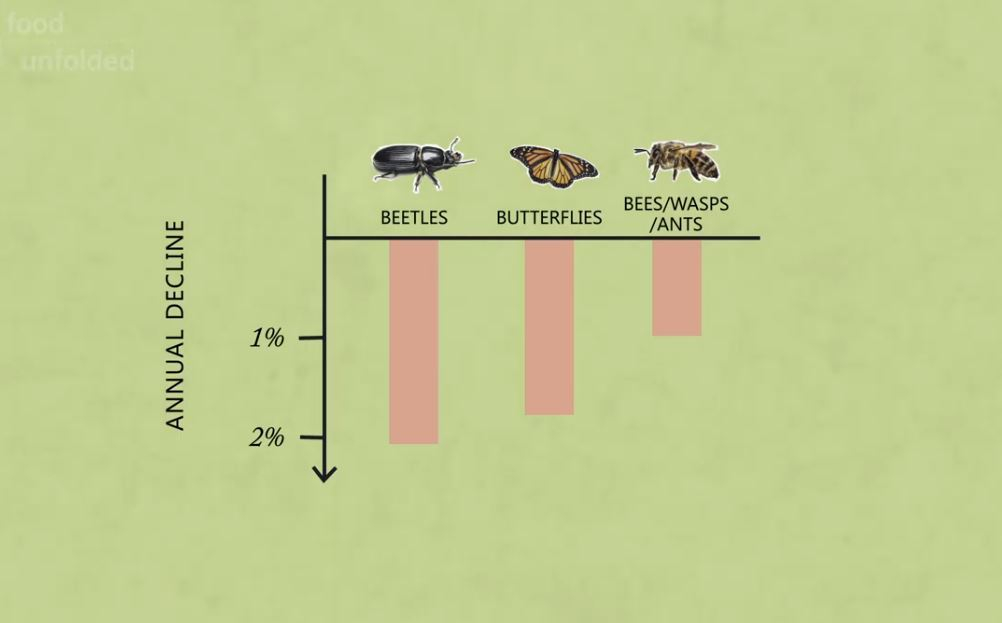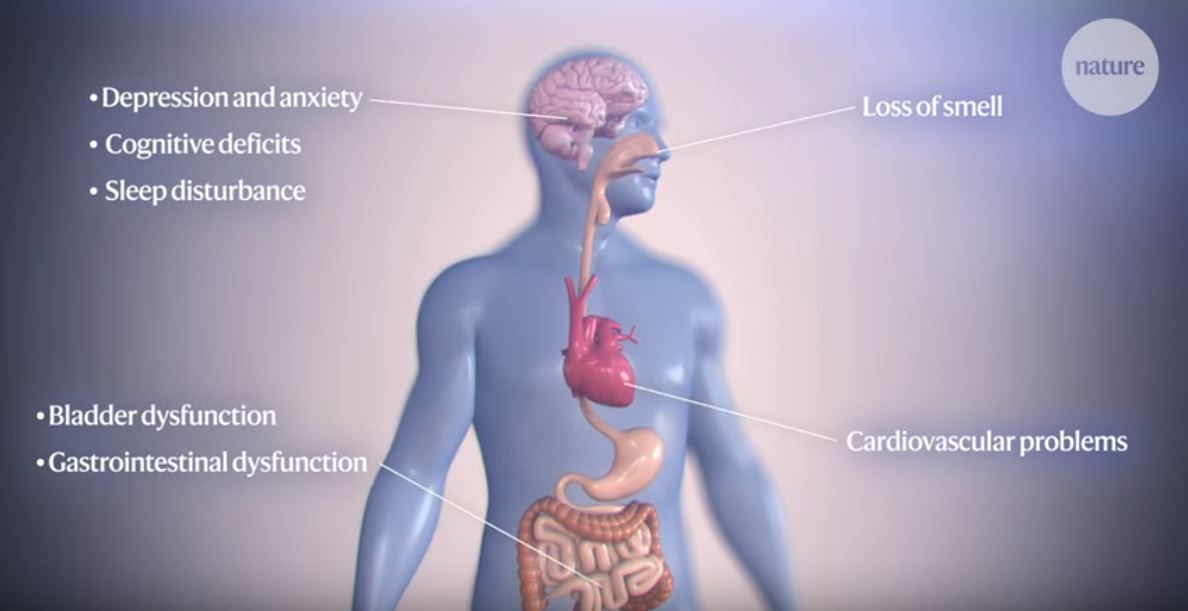Each year, editors and writers choose a top research achievement as Science’s Breakthrough of the Year. This year, that honor goes to the multiple COVID-19 vaccines that have succeeded in large human trials—and are now being deployed around the world. But there are a lot of other advances to talk about, from figuring out the origin of Fast Radio Bursts to the discovery of the earliest known figurative art. Check out a few of the runners-up candidates—and this year’s Breakthrough of the Year—in this video rundown. Read the stories here: https://scim.ag/37v20ds
Tag Archives: Science Videos
Science: Researchers Build Crash-Resistant Flying ‘Beetlebot’ (Video)
Beetles are virtually crash resistant. Their wings fold up when they collide with objects, and then quickly spring back into place. That helps the insects stay on course and fly straight, rather than spiral to the ground, while exerting little energy. Researchers have now built a winged robot that mimics this capability.
The “beetlebot” keeps flying, even after it crashes into poles, researchers report this month in Science. The energy-efficient robot could even navigate narrow environments, such as collapsed buildings, to aid rescue missions, the team says.
Mountain Science: ‘Mount Everest Weather – Data Is In The Clouds’ (Video)
In 2019, members of the National Geographic and Rolex Perpetual Planet Everest Expedition set out to install five new weather stations on Mt. Everest, including the highest weather station on Earth. Follow along as the team climbs into the mountain’s “death zone” to complete the network of weather stations in order to improve our understanding of climate change.
Health: Diseases Rise And Fall With The Seasons – Will Coronavirus? (Video)
Scientists and doctors have observed for thousands of years that some diseases, like polio and influenza, rise and fall with the seasons. But why? Ongoing research in animals and humans suggests a variety of causes, including changes in the environment (like pH, temperature, and humidity) and even seasonal and daily changes to our own immune systems. Figuring out those answers could one day make all the difference in minimizing the impact of infectious disease outbreaks—such as COVID-19.
Nature & Science: Making Flowers Of Food Plants More Attractive To Insect Pollinators (Cambridge)
A rising world population means we’ll need more food in the coming years. But much of our food relies on insect pollination, and insects are in decline around the world. Can we make flowers better at being pollinated, to help solve this problem?

Research from the Glover Lab (https://twitter.com/Beverley_CUBG) in the Department of Plant Sciences (https://twitter.com/PlantSci)
Nature & Science Videos: Glacial Lakes In Nepal (National Geographic)
See what challenges face a team of scientists gathering core sediment samples from a glacial lake in the Himalayas.
Health: “Understanding Parkinson’s Disease” (Nature Videos)
Parkinson’s disease is a neurological condition that affects the brain and other parts of the nervous system. The gradual loss of nerve cells leads to a suite of characteristic motor and non-motor symptoms.

What causes these cells to die and how the pathology develops in the nervous system are not yet clear but multiple lines of investigation are being pursued to answer these questions. In this animation, we explore some of the latest in Parkinson’s disease research.
New Research Videos: “In Search Of The Amazon’s Tallest Tree” (Cambridge)
Research has discovered the tallest known tree in the Amazon, towering above the previous record holder at a whopping 88.5 metres. This giant could store as much carbon as an entire hectare of rainforest elsewhere in the Amazon. Toby Jackson, a plant scientist in the University of Cambridge, took part in an expedition to find the tree in a remote region of northern Brazil, and validate its height the old-fashioned way – by climbing it.
To read more: https://www.cam.ac.uk/research/news/expedition-finds-tallest-tree-in-the-amazon
New Research Videos: “Mining The Deep Sea” (MIT)
Mining minerals found 15,000 feet below sea level could help secure a low-carbon future, but at what cost? Researchers including Thomas Peacock, professor of mechanical engineering at MIT, are racing to understand the environmental impact of deep-sea mining.









